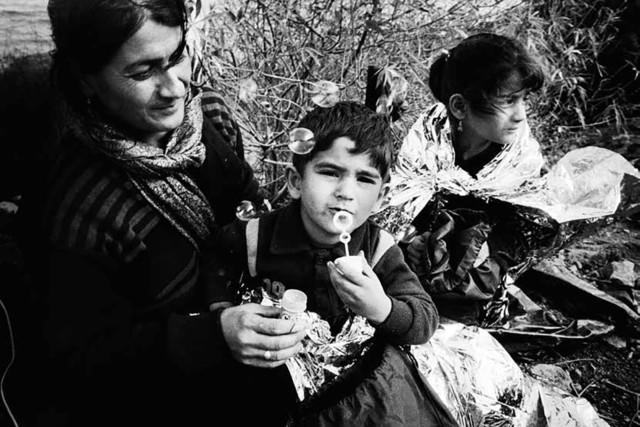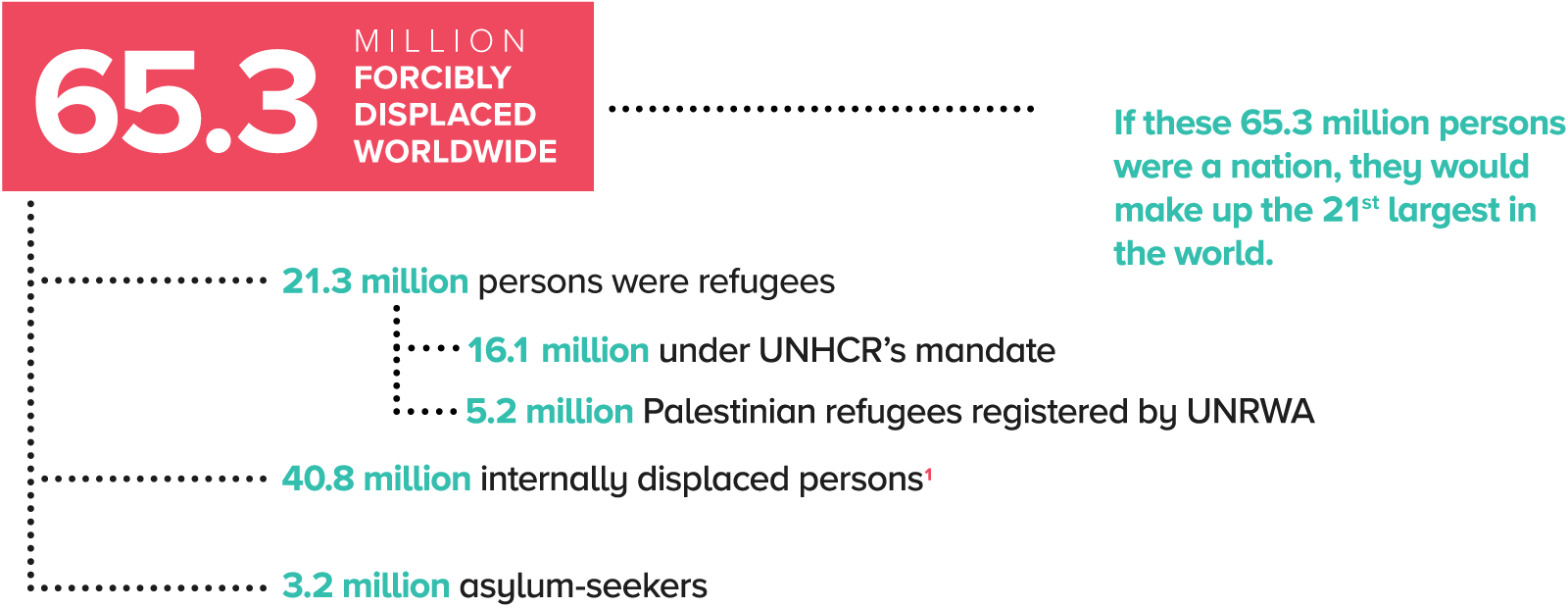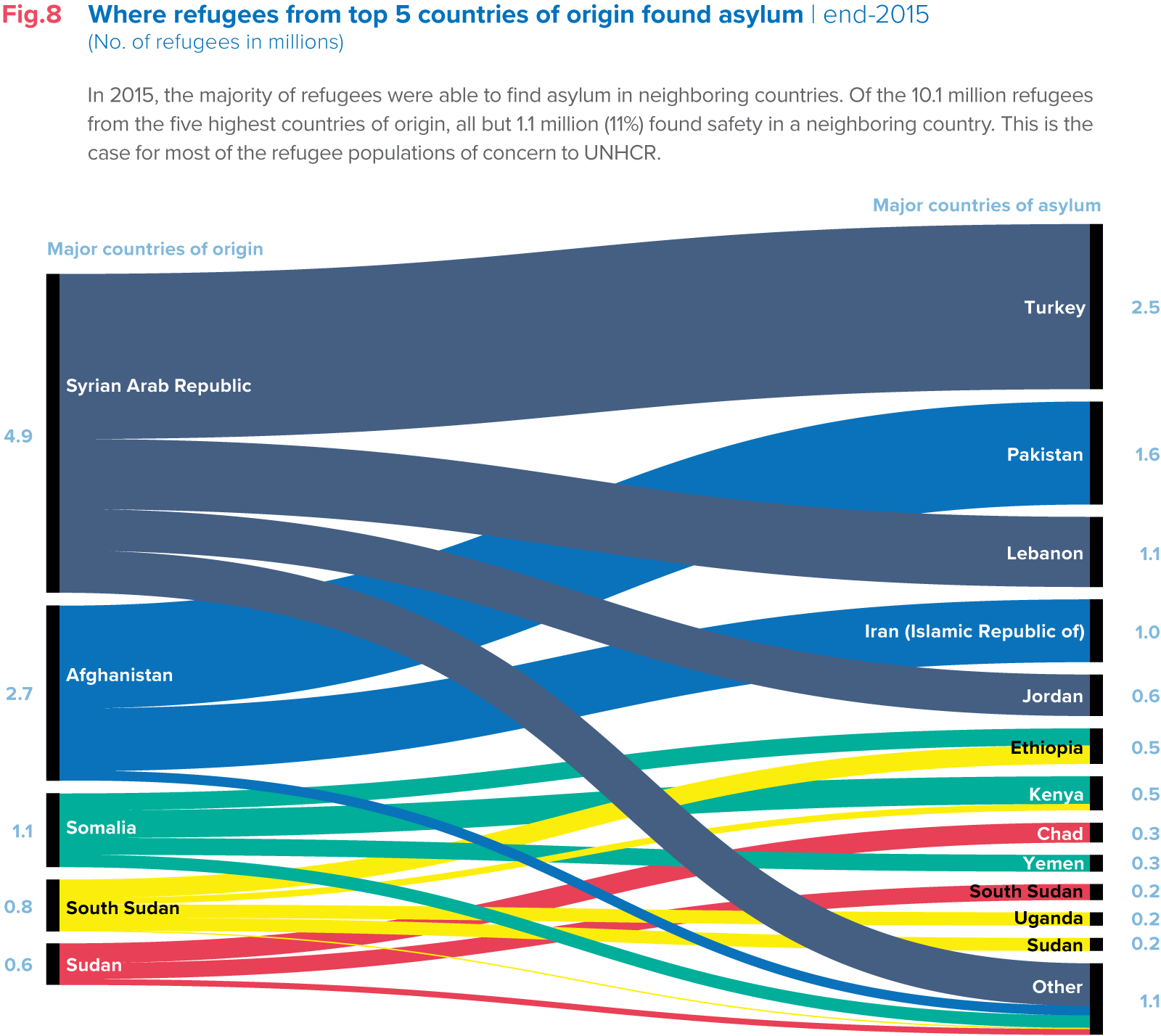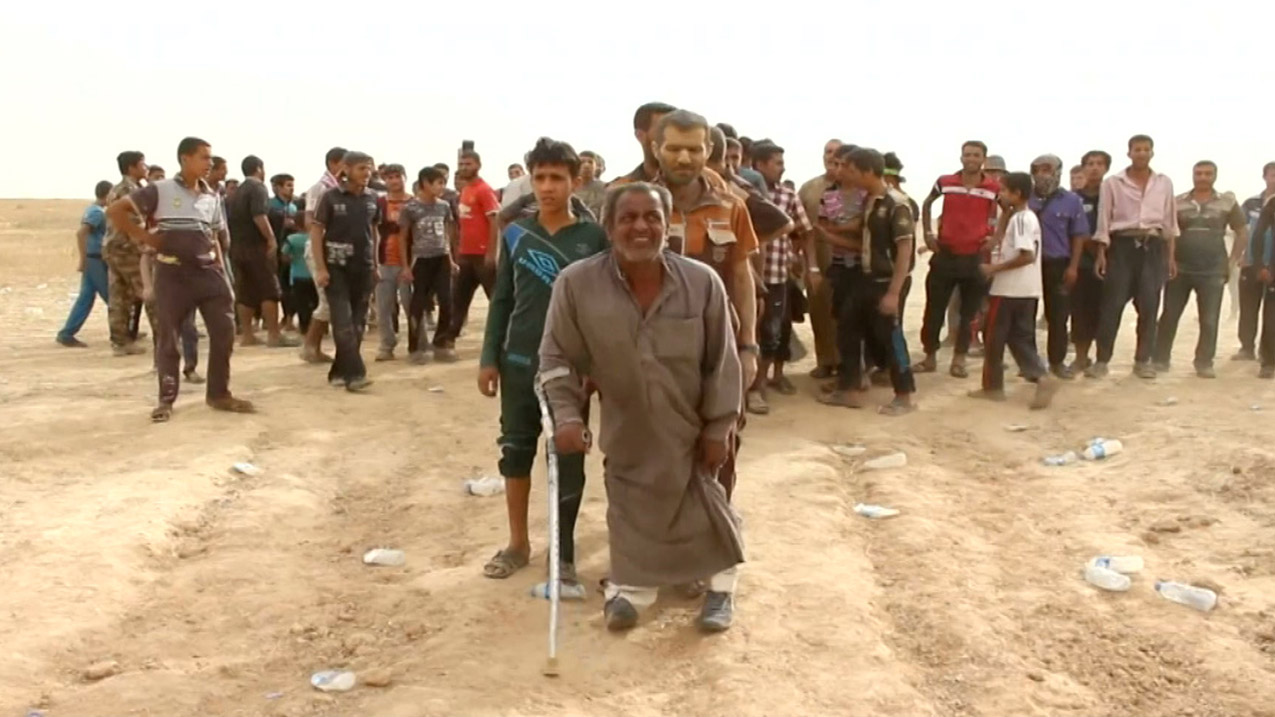This year, in tandem with World Refugee Day, the UN Refugee Agency has launched WE STAND #WithRefugees, an online petition that will be delivered to UN headquarters in New York ahead of the UN High Level Meeting on Refugees and Migrants, scheduled for September 19th.
The petition asks governments around the world to:
- Ensure every refugee child gets an education.
- Ensure every refugee family has somewhere safe to live.
- Ensure every refugee can work or learn new skills to make a positive contribution to their community.
World Refugee Day

An Afghan mother cries with relief as she clasps her child. Since June 2015 Lesvos has seen a rapid increase in refugees and migrants making the crossing by boat from Turkey. Photo: © UNHCR / Giles Duley
Since 2001, the United Nations has marked June 20 as World Refugee Day – a tribute to the anniversary of the 1951 Convention relating to the Status of Refugees, but also as a moment to report and reflect upon the grim realities of refugees and internally displaced people around the world.
The UN High Commissioner on Refugees (UNHCR) has released its annual report “Global Trends in Forced Displacement.” As predicted, the numbers on all fronts of the refugee crisis have exceeded last year’s record high.
According to the report, 65.3 million people have become displaced in 2015 because of conflict. It is estimated that every minute in 2015, 24 people were displaced from their homes – some 34,000 people per day.

15 years old Cedric Ishimimara, carries some mud bricks on the carrier of his bicycle to the building site of a customer. He arrived in Uganda in May 2015 in a family of 5 persons. His mother and 5 children, including him: Oscar – 13 years, Adrienne – 11 years and Jeannette – 9 years. “My father is dead during this year violence. I found that job of bricks carrier to get some money, to help my mother to sustain my family. I get 3.000 Uganda shillings (1 dollar) for every 200 bricks.” Since November 2014, 15.000 Burudian refugees fled the unrest in Burundi to arrive in Nakivale refugee settlement.
Fatalities have also increased. In a press conference Monday morning, Filippo Grandi, UN High Commissioner for Refugees pointed out the dangers to those who are forcibly displaced are even greater than in the past.
Ten thousand people have died in the Mediterranean alone since 2014. The figure this year, which is beyond this period, for 2016, is already exceeding 2,800.
In addition of the dangers of travel, most refugees do not find complete safety once they reach a host country.
“Refugees, displaced people very often go into environments that are very hostile,” Grandi said. “the rise of xenophobia is unfortunately becoming a very defining feature of the environment in which we work. Including in countries in the industrialized world that have been for a long time bastions of principles – principles in defending the fundamental rights linked to asylum.”
Where do they come from and where do they go?
The global number of refugees was estimated to be 16.1 million by the end of 2015. This is the highest level in twenty years, and approximately 1.7 million more than the total reported a year previous.
More than half (54%) of all refugees worldwide came from just three countries: the Syrian Arab Republic (4.9 million), Afghanistan (2.7 million), and Somalia (1.1 million).
The diagram below shows the top 5 source countries for refugees and their eventual host country in 2015.
Growth of the internally displaced
The report also points out that in 2015, 8.6 million were displaced within their own country by civil war, other armed conflict and human rights violations.
This is the fifth year in a row the global number of IDPs has increased. Conflict in the Middle East, with Yemen, the Syrian Arab Republic, and Iraq account for more than half of all new internal displacements.
As needs have increased over the last twenty years, UNHCR has extended its influence and reach to allow more assistance to IDPs.
About the 1951 Refugee Convention
Refugees are among the most vulnerable people in the world. The 1951 Refugee Convention and its 1967 Protocol were established to protect them.
The 1951 Convention contains a number of rights and also highlights the obligations of refugees towards their host country. The cornerstone of the 1951 Convention is the principle of non-refoulement. According to this principle, a refugee should not be returned to a country where he or she faces serious threats to his or her life or freedom. This protection may not be claimed by refugees who are reasonably regarded as a danger to the security of the country, or having been convicted of a particularly serious crime, are considered a danger to the community.
The rights contained in the 1951 Convention include:
- The right not to be expelled, except under certain, strictly defined conditions;
- The right not to be punished for illegal entry into the territory of a contracting State;
- The right to work;
- The right to housing;
- The right to education;
- The right to public relief and assistance;
- The right to freedom of religion;
- The right to access the courts;
- The right to freedom of movement within the territory;
- The right to be issued identity and travel documents.
To download “Global Trends in Forced Displacement,” or learn about We Stand #WithRefugees and the global refugee crisis, visit the UNHCR website.
 CGTN America
CGTN America A young Afghan boy with his aunt. His mother is receiving emergency medical treatment after she collapsed upon landing. Photo: © UNHCR / Giles Duley
A young Afghan boy with his aunt. His mother is receiving emergency medical treatment after she collapsed upon landing. Photo: © UNHCR / Giles Duley




